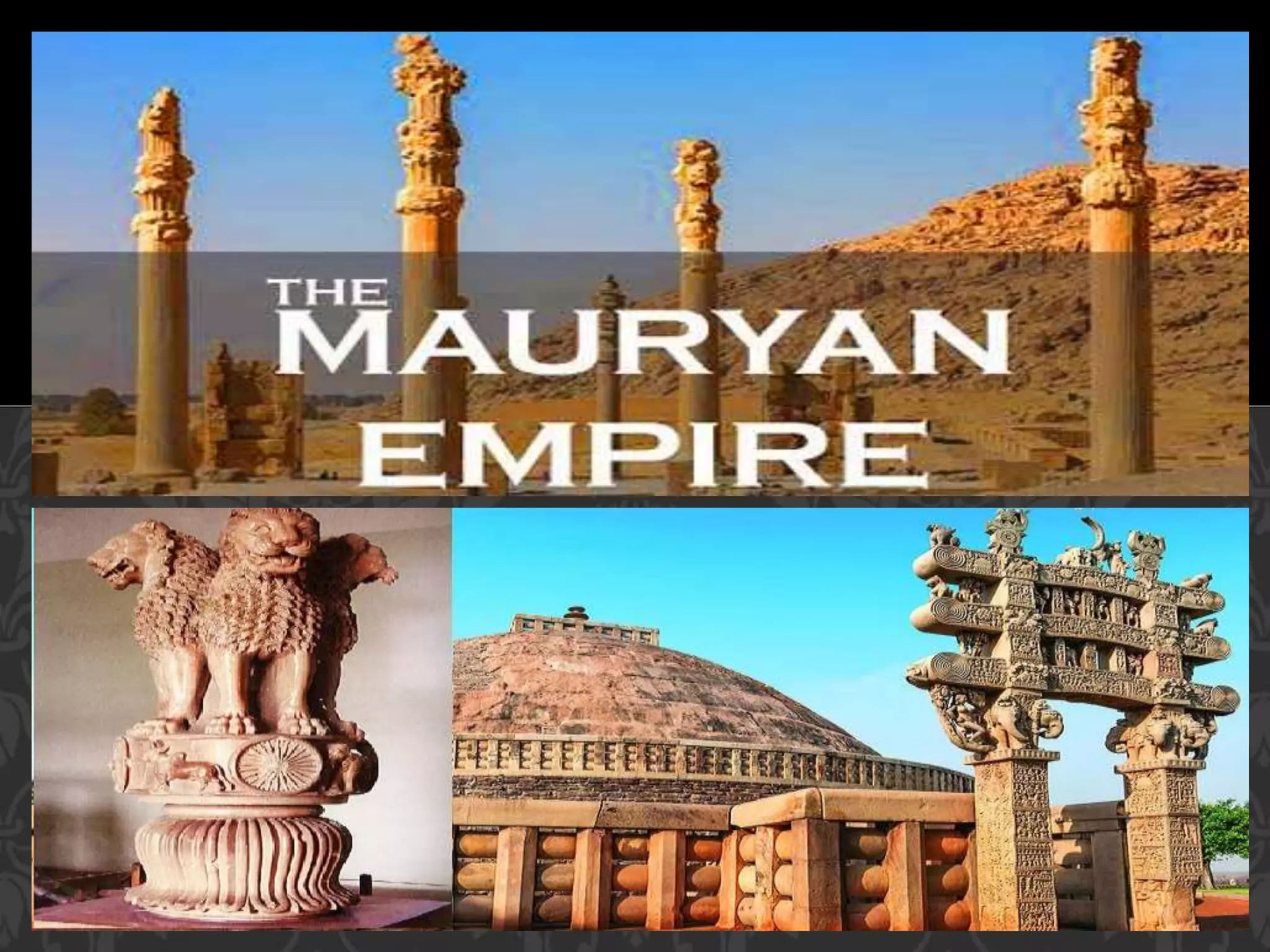PM-PRANAM
Context:
PM-PRANAM aims to complement efforts initiated by States/UTs to save the health of Mother Earth by promoting sustainable and balanced use of fertilisers, adopting alternate fertilisers, promoting organic & natural farming.
About PM-PRANAM:
- Launched in June 2023, the “PM Programme for Restoration, Awareness Generation, Nourishment, and Amelioration of Mother-Earth (PM-PRANAM)” aims to complement the efforts initiated by States/UTs to save the health of Mother Earth by promoting sustainable and balanced use of fertilisers, adopting alternate fertilisers, promoting organic & natural farming etc.
- All States/UTs are covered under the PM- PRANAM.
- Under this, 50% of the fertiliser subsidy saved by a State/UT in a particular financial year by way of reduction in consumption of chemical fertilisers (Urea, DAP, NPK, MOP) compared to previous 3 years’ average consumption, is passed on to that State/UT as Grant.
- States/UTs can utilise this grant for the benefit of people in the state, including farmers.
One Nation, One Fertiliser:
- The One Nation, One Fertiliser (ONOF) scheme is an initiative launched by the Indian government to standardise the branding and distribution of fertilisers across the country.
- Announced on August 24, 2022, under the Pradhanmantri Bhartiya Janurvarak Pariyojna (PMBJP), the scheme mandates that all fertiliser manufacturers, including State Trading Entities and Fertiliser Marketing Entities, sell their products under a single brand name: Bharat.
Key Features of the ONOF Scheme:
- Single Branding: All types of fertilisers, including Urea, DAP (Di-Ammonium Phosphate), MOP (Muriate of Potash), and NPK (Nitrogen, Phosphorus, and Potassium), will be marketed under the brand names Bharat Urea, Bharat DAP, Bharat MOP, and Bharat NPK.
- The new brand and PMBJP logo will occupy two-thirds of the packaging, while manufacturers can display their branding on the remaining one-third.
- Standardisation: The scheme aims to eliminate confusion among farmers regarding different fertilizer brands, as all fertilisers will have the same composition of nutrients, thus promoting uniformity in the market.
- Cost Reduction: By standardising the branding, the government aims to reduce freight charges and improve the availability of fertilisers, ensuring that farmers have access to affordable quality fertilisers.
- Preventing Diversion: The initiative also aims to prevent the diversion of urea for non-agricultural uses, thereby ensuring that fertilizers reach their intended agricultural sectors.
|
The Lok Sabha Standing Committee on Chemicals & Fertilisers, underscored the urgency of the following issue: Fertiliser consumption in India is imbalanced, and Urea accounts for more than 82% of the nitrogenous fertilisers applied to the majority of the crops. As a result, the Nitrogen, Phosphorus and Potassium (NPK) consumption ratio has widened from 4:3.2:1 in 2009-10 to 7:2.8:1 in 2019-20. This imbalance, which leads to deterioration in soil quality and health hazards, necessitates an immediate re-examination of urea subsidy management in agriculture while also considering the long-run sustainability aspects. |




